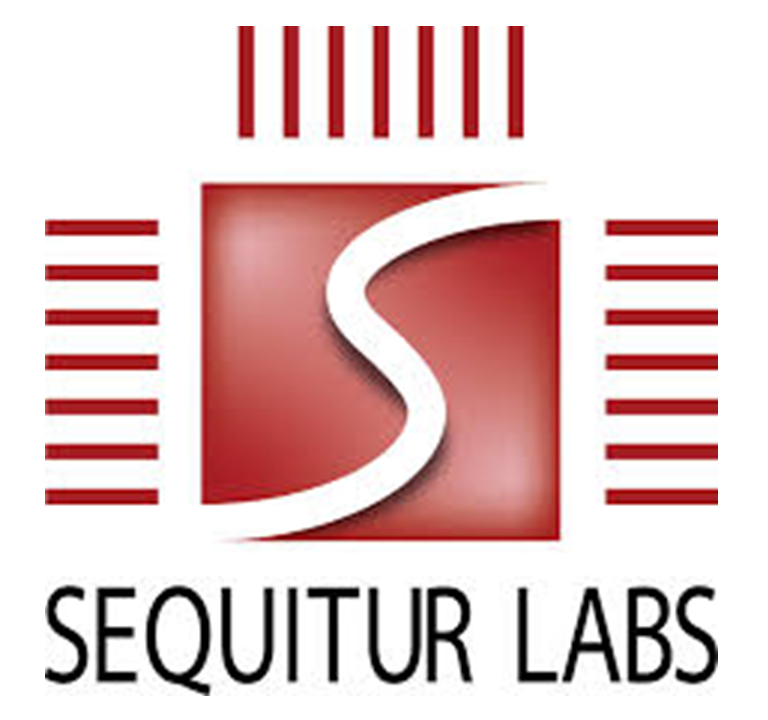Security suite launched for critical IoT device protection

Philip Attfield of Sequitur
Sequitur Labs has unveiled its new embedded system security with the launch of EmSPARK 2.0, designed to prevent high-value, embedded devices from being compromised.
Version 2.0 features defences for critical intellectual property, secure chip-to-cloud integration and over-the-air (OTA) firmware update protection. Built on three pillars of product security – design, build and sustain, EmSPARK 2.0 reportedly provides device manufacturers with the firmware, tools and application program interfaces (APIs) needed to ensure IoT protection.
The new version of Sequitur’s EmSPARK Security Suite provides a security framework that aims to protect embedded firmware, keys and security-critical assets through the entire device lifecycle. It enables silicon hardware security features, secure device provisioning, and API access to essential trust services such as secure storage, firmware updates and payload verification.
“Johnson Controls continues its leadership around cybersecurity within the building management space. As building connectivity continues to grow with IT/OT convergence, IoT (Internet of Things) devices and cloud applications, it is critical that the devices ‘at the edge’ have a strong cyber posture,” says James Burke, VP/GM – Building Automation Systems at Johnson Controls. “Our Metasys SNE and SNC supervisory controllers, with EmSPARK, demonstrate our commitment to continue to invest in protecting our customers by prioritising cybersecurity.”
EmSPARK 2.0 enables critical device security features on the IoT developer’s silicon of choice; supporting secure boot, OTA updates, failovers and IP protection throughout the device’s lifecycle. Sequitur additionally supports customers’ implementations with non-recurring engineering (NRE) services for faster time to market. Additional features include:
- Software provisioning
- Trusted applications and APIs providing cryptography, key and certificate management, secure storage, and chip-to-cloud integration
- Support for platforms from NXP Semiconductors, Microchip Technology Inc. and others
- Pre-loaded EmSPARK 2.0 software on the arrow.com Shield96 development platform for fast time to market
- Free software evaluation kit

The EmSPARK Security Suite was designed to address solutions in industries where embedded security is paramount such as industrial control, building automation, the smart home, machine vision, automotive communication, and medical devices. Earlier this year, Sequitur Labs worked with Arrow Electronics on protecting security-conscious IoT edge devices with the debut of Arrow’s Shield96 board, a trusted Linux reference design that is equipped with EmSPARK to help customers create customised production-ready systems. With an increasing number of successful projects underway, Sequitur Labs is actively supporting Arrow with important embedded system security implementations.
“With as many as 60 billion smart devices expected to be online in the coming years, it is imperative for IoT manufacturers to implement a best-practices approach that ensures that products, applications and systems are not vulnerable to malicious attacks,” says Chris Steffen, Research Director for EMA. “By implementing a pre-packaged software security suite like EmSPARK 2.0, OEMs have a technical solution that enables them to overcome steep learning curves, ensure personnel resources are available to focus on core capabilities and reduce critical time to market.”
“The greatest obstacle to a future serviced by smart devices is security, including aggressive new variants that attack endpoints at the edge and threaten embedded computing systems,” adds Philip Attfield, co-founder and CEO, Sequitur Labs. “Up until now, addressing these threats has been difficult and expensive. With EmSPARK 2.0, we make implementing device-level security easy by addressing the technical, IP, supply chain and business process challenges of IoT security. Now developers can easily build applications that use secure resources without having to become experts in cryptography and complex hardware security technologies.”
Comment on this article below or via Twitter @IoTGN
